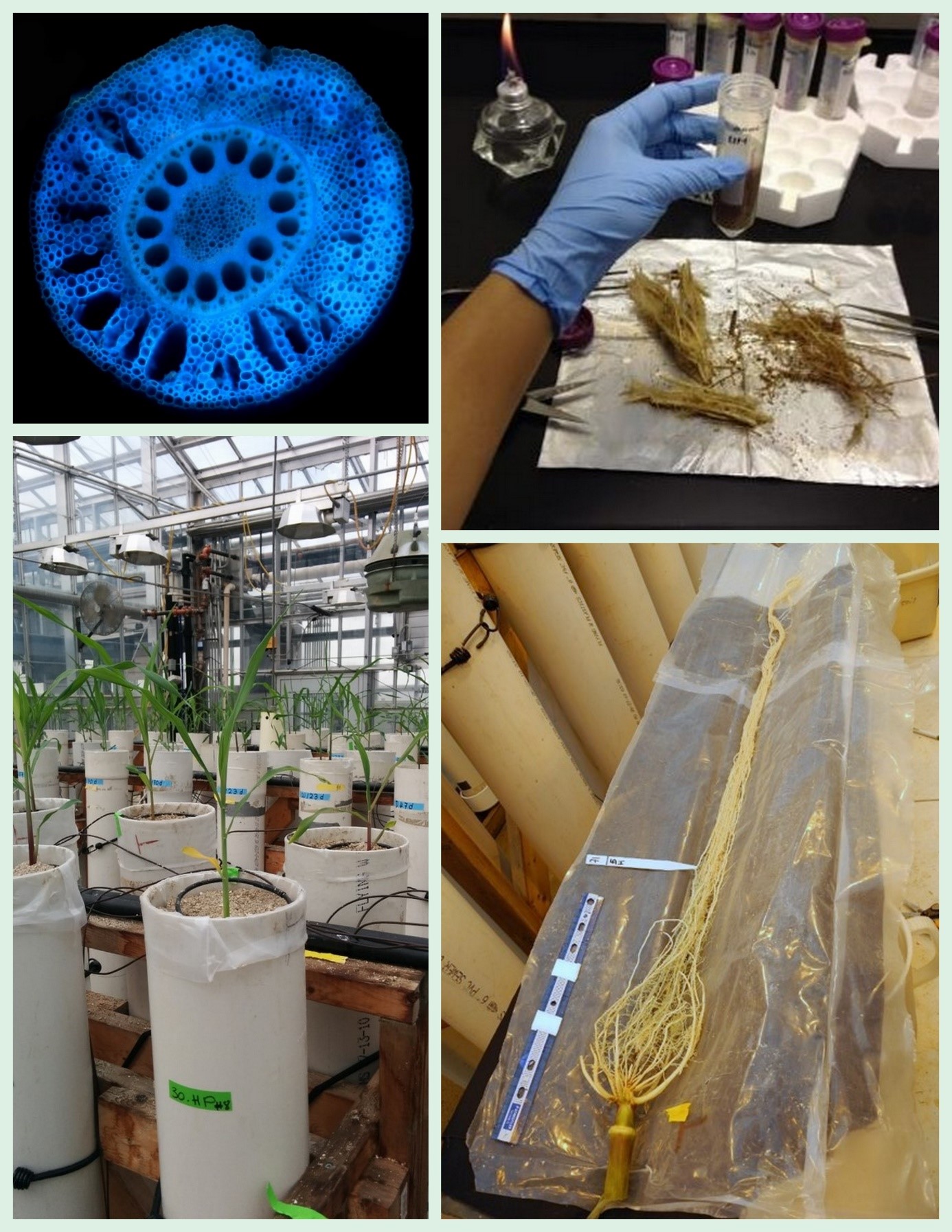Root Phenotype Microbiome

Background
A clear understanding of structure and function of the plant-associated microbiome and its dependence on the root phenotype holds great potential for improving nutrient use efficiency in agriculture. Next-generation sequencing (NGS) technologies enable the determination of abundance, activity, diversity, and functional potential of microbial communities directly from environmental samples at a throughput coverage and resolution required to assess these highly complex biological networks. These techniques have not yet been considered to evaluate the root phenotype as possible source of variation for the plant-associated microbiome and to link this information with nutrient uptake under nitrogen limiting conditions. This project aims at filling this gap by testing the hypothesis that differences in root phenotypes are linked to differences in the root microbiome composition and function within the nitrogen cycle growing under low nitrogen regimes.
Objectives
Objective 1. Study the spatial distribution of microbial communities along the root system of maize plants growing under limiting nitrogen conditions
Objective 2. Compare the root microbiome in plants with contrasting root phenotypes grown under low nitrogen conditions
Objective 3. Explore the functions of the root microbiome in the nitrogen cycle in plants with contrasting root phenotypes growing under low nitrogen
Outcomes
We expect to establish an experimental system useful for studying root and microbial nitrogen transformations in the soil-plant continuum. Also, we aim to identify community-level characteristics of the root microbiome that might be more responsive to root phenes using ecological indexes of the microbial communities. The combination of root phenotypes and root microbiomes as synergistic technologies would build a novel solution package for developing further research programs with immediate applications in agriculture on a global scale.
For further information please contact Martin Hartmann ), Tania Galindo () or Johan Six (). external pageLinkcall_made to the project on research gate.

